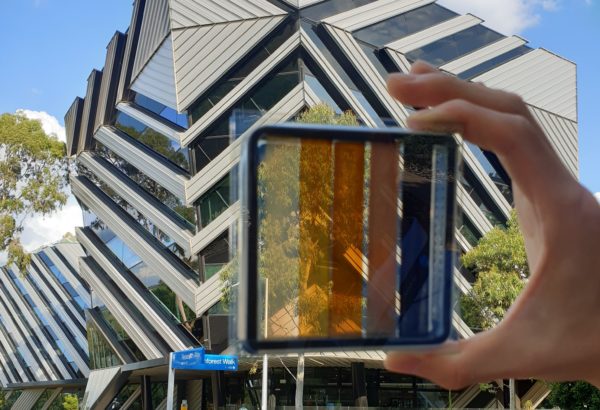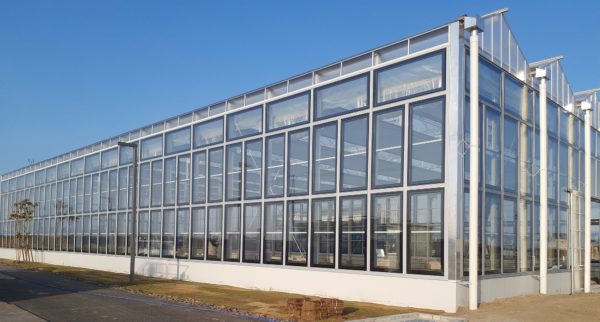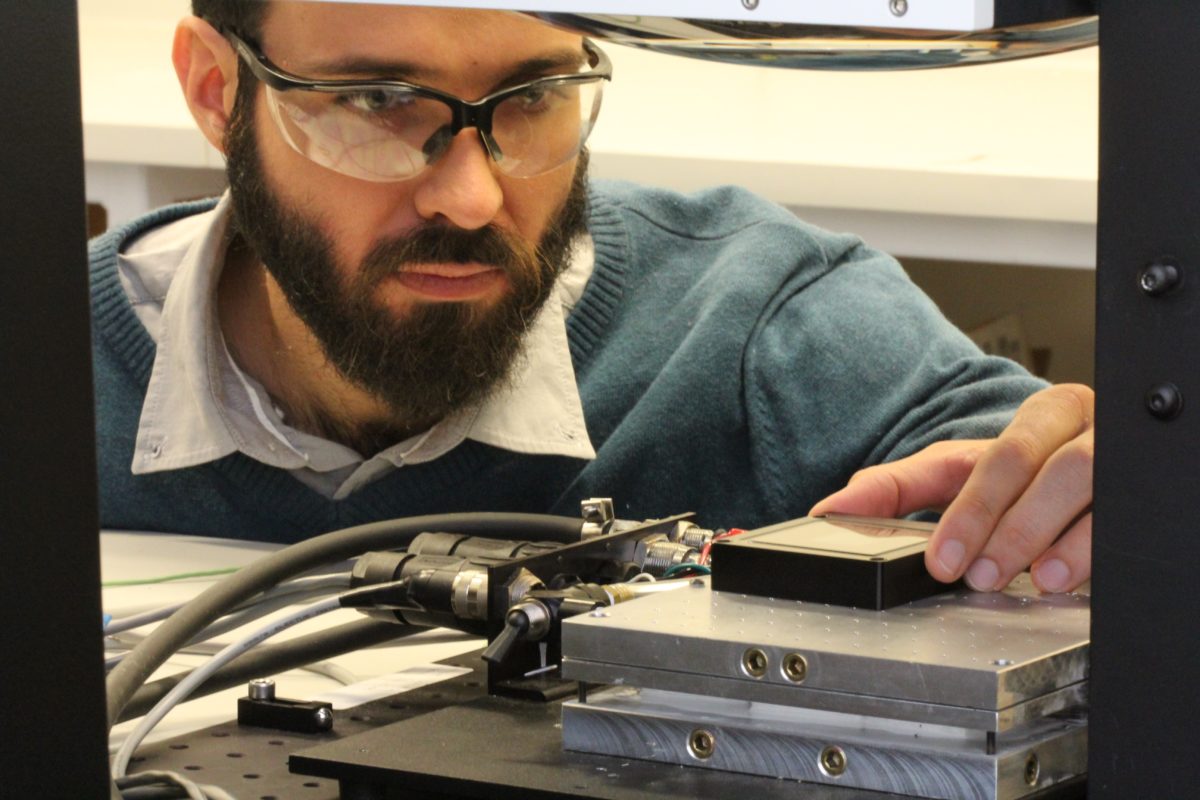The development of semi-transparent solar cells that can transform windows into active power generators continues to progress with a team of Australian researchers producing next-generation perovskite cells with a conversion efficiency of 15.5% that increase the stability of ‘solar windows’ while allowing more natural light to pass through.
The researchers, based at Victoria’s Monash University and the Commonwealth Scientific and Industrial Research Organisation (CSIRO), had previously developed semi-transparent perovskite solar cells (ST-PeSCs) that allowed 10% of visible light to pass through, while simultaneously achieving a 17% power conversion efficiency. Non-transparent silicon rooftop cells operate at about 20% efficiency.
The same team, led by Professor Jacek Jasieniak from Monash University’s Department of Materials Science and Engineering, has now developed new formulations of cells using a combination of caesium and formamidinium in the initial perovskite composition that have increased the stability of the ST-PeSCs while allowing more visible light to pass through.
Using this perovskite composition, power conversion efficiencies of 15.5% and 4.1% have been achieved for different prototype cells with average visible transmittance of 20.7% and 52.4% respectively.
While the power conversion rates are lower than previous results, Jasieniak said the amount of visible light being passing through the cells is now approaching levels suited to glazing, increasing their potential to be used in a wide range of real-world applications.

Image: Dr Jae Choul Yu
“This work provides a major step forward towards realizing high efficiency and stable perovskite devices that can be deployed as solar windows to fulfill what is a largely untapped market opportunity,” he said.
The researchers, members of the Australian Research Council (ARC) Centre of Excellence in Exciton Science, said besides improvements in device performance and transparency, the caesium and formamidinium ST-PeSCs had also demonstrated excellent long-term stability when tested under continuous illumination and heating, which mimics the conditions the devices would encounter in real-world use.
The research results, published in the Advanced Science journal, show the caesium and formamidinium based ST-PeSCs maintained 85% of their initial power conversion efficiency after 1,000 hours under continuous illumination, making them attractive candidates for scalable device manufacturing.
While the use of solar glazing in real life applications is in its infancy, it is increasingly being considered by developers.
Victorian architecture firm Kennon recently announced plans to clad an eight-storey building being constructed in West Melbourne with a “solar skin” that will generate almost all of the building’s base power while West Australian smart solar glass developer ClearVue has inked a deal to complete its first commercial installation in the United States.

Image: ClearVue
ClearVue announced earlier this month it had signed a letter of intent with private investment company LabReal to install its transparent solar glass technology at an office building being constructed in Atlanta, Georgia.
The project will use 250 square metres of ClearVue PV glazing. The project is in the final stages of planning, with construction expected to start during the fourth quarter of 2022.
ClearVue executive chairman Victor Rosenberg said the project is the company’s first commercial installation in North America and will serve as a reference site for securing larger sales in the region.
“The ClearVue technology represents a paradigm shift in the way glass will be used in building construction,” he said.
“Glass will no longer be just a component of construction, but also a renewable energy source and a key element in construction decarbonisation efforts – both for refurbishments and for new builds.
“The Atlanta project will demonstrate this and provide a key reference site for the company in this target territory.”
This content is protected by copyright and may not be reused. If you want to cooperate with us and would like to reuse some of our content, please contact: editors@pv-magazine.com.









5 comments
By submitting this form you agree to pv magazine using your data for the purposes of publishing your comment.
Your personal data will only be disclosed or otherwise transmitted to third parties for the purposes of spam filtering or if this is necessary for technical maintenance of the website. Any other transfer to third parties will not take place unless this is justified on the basis of applicable data protection regulations or if pv magazine is legally obliged to do so.
You may revoke this consent at any time with effect for the future, in which case your personal data will be deleted immediately. Otherwise, your data will be deleted if pv magazine has processed your request or the purpose of data storage is fulfilled.
Further information on data privacy can be found in our Data Protection Policy.